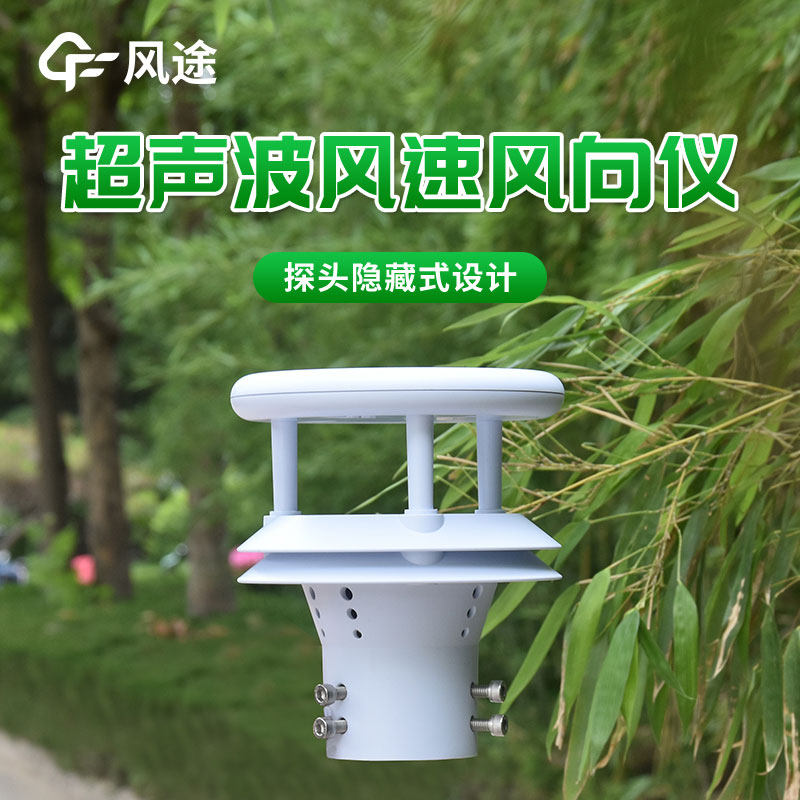Shandong Fengtu IOT Technology Co., Ltd
Sales Manager:Ms. Emily Wang
Cel,Whatsapp,Wechat:+86 15898932201
Email:info@fengtutec.com
Add:No. 155 Optoelectronic Industry Accelerator, Gaoxin District, Weifang, Shandong, China

Sales Manager:Ms. Emily Wang
Cel,Whatsapp,Wechat:+86 15898932201
Email:info@fengtutec.com
Add:No. 155 Optoelectronic Industry Accelerator, Gaoxin District, Weifang, Shandong, China
time:2023-09-28 17:14:49 source:Weather Station viewed:982 time
Most of the modern meteorological monitoring stations are developing in the direction of all-day unattended operation. The establishment of automatic meteorological monitoring stations is in urgent need of more accurate and maintenance-free automatic monitoring instruments, including wind anemometers to meet this condition. Traditional mechanical wind anemometers are characterized by rotating parts and easy wear and tear. The mechanical structure can be damaged by bad weather. Sand, dust, salt spray can also corrode it. At the same time, mechanical anemometers also have a start-up wind speed due to friction. The wind speed below the starting value will not be able to drive the propeller or wind cup to rotate. So the breeze below the starting wind speed cannot be measured by mechanical anemometer. In order to overcome the inherent shortcomings of the traditional wind cup anemometer, a new ultrasonic wind speed anemometer has emerged. The ultrasonic wind speed measurement technology does not require any moving mechanical parts in the measuring instrument but replaces them with multiple ultrasonic sensors. The lower limit of the theoretical measurable wind speed range is 0, with no start-up wind speed; the upper limit of the wind speed can vary with the sensor spacing.
The heart of ultrasonic wind speed and direction measurements is the propagation time of ultrasonic waves through the air, known as the fly-through time. The time it takes for ultrasonic waves to travel from one probe to another is related to the wind speed and ultrasonic path. A tailwind causes the propagation time of the ultrasonic signal to increase, while a headwind causes it to decrease. If the wind speed is equal to zero the signals are sent in equal time in both directions. If wind speed is measured in two unrelated directions at the same time, the wind speed and direction can be derived from a combination of trigonometry.

When selecting a suitable wind sensor for an automatic weather station or wind measurement system, the different characteristics of ultrasonic and mechanical wind sensors need to be weighed.Mechanical strength is an important consideration when selecting a wind sensor. While ultrasonic wind sensors...
agricultural sensors are used to detect information about the growing environment of agricultural crops, such as air temperature and humidity, light intensity, carbon dioxide and other data required for field cultivation....
Duct air velocity measurement is a common operation in industrial production and environmental monitoring. Its main purpose is to monitor the flow rate of wind velocity inside a pipeline to ensure that the fluid (usually gas) inside the pipeline is within a controlled range.In industrial production,...
Automated agricultural weather stations are playing an increasingly important role in agricultural weather disaster prevention and mitigation. Because the appropriate climatic conditions required for different crops to grow in different environmental conditions vary significantly, an automatic weath...